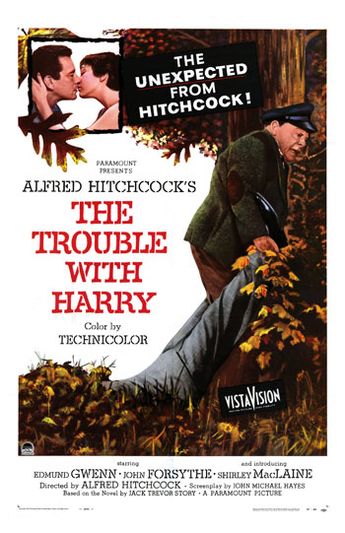We're pleased to provide a guest post today by Madeleine Fix, on the experience of providing live audio description for a classic movie.

This was my first audio description gig, and when Ann Gazelle (president, Accessible Arts of Central Ohio and executive director, American Council of the Blind of Ohio) called me, I was both excited and nervous. It struck me that pre-recording a carefully scripted description for a feature-length film seemed manageable (and safely contained), but that the spontaneity required to describe a live screening was quite challenging — and a little daunting. So, I said yes and jumped in. I was bolstered by Gazelle's promise that the audience would be forgiving. I also consulted with Accessible Arts of Central Ohio describers Nancy Van Voorhis and Jane Ehrenfeld.
The opportunity to describe this film arose shortly after attending the Audio Description Institute's three-day training at the annual American Council of the Blind conference (held this year in Columbus). Led by AD expert Joel Snyder (president, Audio Description Associates and director, Audio Description Project for the American Council of the Blind), this training immersed participants in a series of AD writing exercises for film, television, and the visual and performing arts.
"The Trouble With Harry" is a 1955 black comedy about the mysterious death of one Harry Worp. I found the film filled with spacious quiet moments, distinct acts performed by the films' host of characters, and thorough dialogue performed almost in the style of a radio play. Relaxing, I focused on describing the environment (a small Vermont town in the 1950s bursting with yellows and oranges of autumn leaves) and the characters themselves (10 main players, each with distinctive mannerisms, voices, and costuming).
My mind was filled with questions about the copious notes I'd amassed. If a picture tells a thousand words, how can you describe that in 10 words or less? When hijinks ensue, what is the most direct route to explain the tangled tale? How much needs to be explained? How much of the film's plot is visual? How much is verbal and dialogue-driven?
I purchased a small reading flashlight and headed to the Ohio Theatre. I was escorted to the very top of the theatre balcony, into a loge-like soundbooth that doubles as a live radio broadcast location, hidden from the hallway by a wooden sliding door. The Ohio Theatre is set up for audio description services and provided a closed circuit microphone. In the lobby, the ushers provided listening devices to movie-goers. I brought a device upstairs to test out the sound levels myself.
The magic of viewing a film at the Ohio Theatre is amplified by live performances on the in-house majestic pipe organ. The organ rises dramatically from beneath the stage and lowers back below the stage as the red velvet curtains swing open, the house lights fade to black and the film projection begins. It too required description, and I ad-libbed it.
Describing the film as it projected in real time was, to my surprise, more spontaneous, fluid, and forgiving than I expected. Moments that were slightly off (whether ill-timed or stated the obvious) dissipated as the film's plot pulled onward. Descriptive moments that seemed unconnected on paper made sense as the words interacted with the tangled plot and the multiple burials and exhumations of Harry Worp's unfortunate corpse. Describing the actions that support the film's innuendo-filled dialogue and sly, understated humor fell naturally into place.
AD writing and live describing proved to be an entirely unique experience. It requires quick-thinking, clarity, and precision — and I'm hooked.
Learn more about audio description by participating in a free conference call this evening: Described TV: What's Available, How to Get It, Who to Contact When You Can't, and Why You Should Care!.